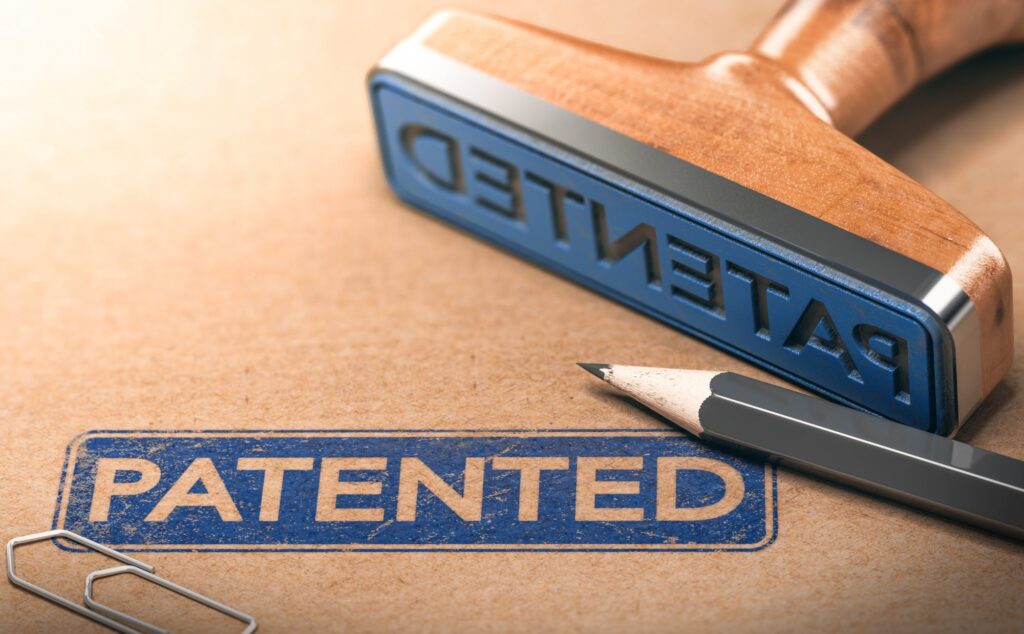
Valuation of patented product features
If you own rights to patented products there are certain things you need to know about valuation. Meanwhile, it’s also something you should concern yourself with if you’re thinking about developing a product. In this article, we will discuss patent product features’ valuation.
Why value patents?
Businesses need to account for their products’ patent values. Patents are not tangible like the products themselves and are therefore difficult to value properly. This is why we resort to patent-valuation methods (which will be discussed in the next paragraphs).
What dictates the value?
A patented product’s value mainly depends on the product features’ economic value conferred by the patent. Thus, the value of the patented products depends on the value of their features – how they affect the market, and many other factors.
If there are many substitutes for the product’s features, then the economic value of the patent might not be as high. How are the firm’s profits affected if the product’s features are or are not there? The monetary value of the patent depends on the needs or demand.
Patent-valuation methods
Patents are difficult to accurately value as they are not objects. Thus, we make use of special methods to value them as best as possible.
Cost approach
This method takes into account the cost of the product with the patent. For example, a company invented an object that costs $10,000 to manufacture. Based on the approach, the patent’s value will be more or less $10,000.
This may seem like a simple way to value patents. However, this approach is rarely used for patents. Moreover, if the product was invented 10 years ago, the amount should adjust to today’s money.
Income approach
This approach mainly considers cash flows. If a company decides to develop a product, it is to drive more sales or income. Thus, the value of the patent will be based on the current value of the product to the company.
Market approach
This mainly takes into account the value of other existing similar patents. This only applies to products belonging to an existing active market.
Patent litigation
Patent litigation is a patent owner’s action to reinforce his or her ownership and rights for a manufactured product or invention. This is usually done when patent infringement is committed and the patent owner wants to sue the offender. This could be a complex process.
Patent litigation for patented products involves three main things: validity, infringement, and damages.
How to determine or calculate damages?
If the patent holder has patented products in the market, he or she may sue for lost profits. Otherwise, the patent holder may ask for royalties for the said product. This may be negotiated between the two parties.
Patents are the product owners’ way of protecting their inventions and innovations. They may not be as appealing as developing or marketing a product. However, they are as important as those processes. They are a pivotal factor in determining a brand or a business’ success.

